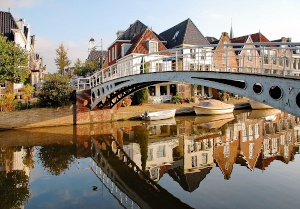
“In A Hopper Cafe” is another in the series echoing the work of American artists Edward Hopper, this one inspired by Hopper’s ‘Chop Suey. Strong lines contrast with fuzziness in the figures, hard lines with soft, outdoors with the indoors, the comparative focus of the indoor scene with the uncertainty of whatever lies beyond with but a slim barrier of safety.
We are social creatures. Our connections keep us informed. Yet we are also separate. We have to reach across space as well as other barriers, whether the barriers be based in culture, gender or other factors.






































